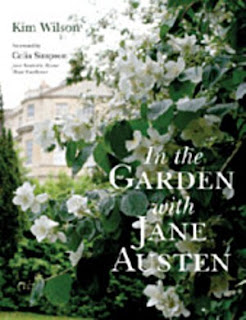Get to know the personal side of nineteenth century and Victorian era painters, poets, artists and authors.
Posts
Showing posts from March, 2012
My Review of The Magus of Mortlake or The Arch-Conjuror of England John Dee by Glyn Parry
- Get link
- X
- Other Apps
My Review of When Maidens Mourn by C.S. Harris
- Get link
- X
- Other Apps
A Review of The Meaning of Night A Confession by Michael Cox
- Get link
- X
- Other Apps
A City Dweller Reviews: In the Garden with Jane Austen by Kim Wilson
- Get link
- X
- Other Apps
A Review of The Crimson Bed by Loretta Proctor
- Get link
- X
- Other Apps






